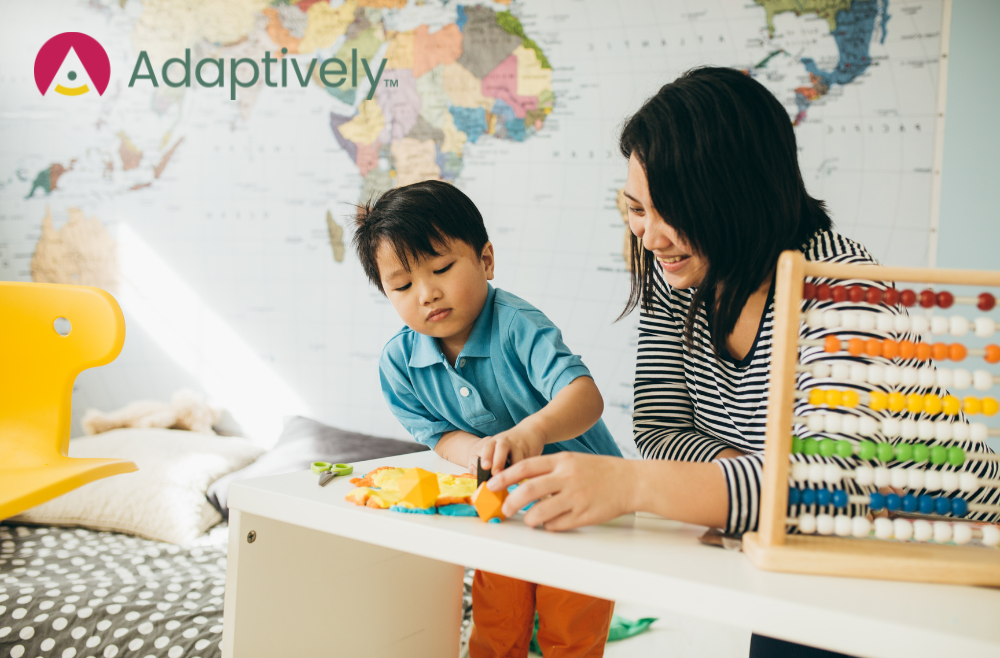How to Create a Flexible Summer Routine for Your Children
You’re about halfway through summer, and although this was the long-awaited break your children couldn’t wait for, you might be hearing complaints of, “I’m bored,” or, “What are we doing today?”
Like many families, you may have taken your summer vacation or sent the kids to camps between June and the Independence Day holiday. Now, you’re left with a good piece of the summer to keep the kids occupied and your sanity in check.
Establishing a summer routine for your kids can be a great way to keep them on track while still allowing them some freedom to continue enjoying their summer break. Here are some suggestions to create a flexible summer routine that will work for your family:
Start with a conversation.
Start by sitting down with your kids and discussing what they would like to do for the rest of the summer. A conversation will help you understand their interests and how to best structure their summer routine around those activities. Spend some time discussing how their interests can translate into at-home fun. For example, if your child has an interest in art, help them think of ways they can engage in creative exploration inside or outside. You’ll also want to spend a little time chatting with your kids about some light academic tasks like math packets or writing practice you’d like them to incorporate into some of their days.
Another piece of this conversation with your children should be about your work and time obligations. If you’re one of the millions of Americans who work remotely, your children may need you to remind them that just because you’re physically present at home doesn’t mean all your time is available.
Finally, help your children see themselves as part of the home community and discuss the chores that keep the household running, such as cleaning pet areas, wiping down household surfaces, vacuuming, and preparing meals and snacks. By talking about these tasks with your children and selecting age-appropriate chores, you’ll be more likely to get your children’s agreement instead of pushback when you ask for their help.
Get prepared.
Now that you’ve talked with your children and made a plan that honors everyone’s summer wants and needs, you should organize materials to easily access activity materials or supplies required for helping at home.
First, take a field trip to the library, bookstore, or store to get a handful of items to meet your child’s interests like paints, jigsaw puzzles, journals, coloring supplies, building toys, or books. Is your child a mini-chef? Go to the grocery store to get cookie-making supplies, quick bread and cake mixes, and other cooking supplies appropriate to their independence skills in the kitchen.
Then, using a bin, have your child organize all their special activity materials in one place. For instance, if your child loves arts and crafts, put their paper, markers, paints, stickers, and other supplies in one container so they can grab their activity bin anytime they need something fun to do at home.
In another container, place supplies your child might need for their chores, such as paper towels, wipes, or pet brushes. They’ll accomplish their tasks more quickly if they have everything they need in one place.
Set a flexible schedule.
Now that your children have the supplies they need to spark some of their summer fun, work with them to create a summer schedule that includes time for both structured activities and free time. Assign days and general times of the day for specific household chores. Even young children can understand schedules with pictures (visual schedules) to show them a sequence such as wake up, eat breakfast, get dressed, let the dog out, and then play. A flexible schedule will help kids of all ages stay balanced, avoid getting too bored or antsy over the summer, and ease into their fall school schedule.
Include some physical activity in your kids’ summer routine.
Physical activity includes anything from daily walks or bike rides to swimming or playing at the park. Getting outside and being active is vital for children’s physical and mental health. In addition, fun physical activity is something the whole family can enjoy together, so schedule it when you can join in on the action, too!
Relax and recharge.
Finally, don’t forget to have some downtime each day for everyone to relax and recharge. This is important for both kids and adults alike. You can make space for their favorite TV shows and electronic games to be part of the unwind segment of their days.
Following these tips, you can create a summer routine that will work for your family and help your kids stay on track during their break from school. With some planning and effort, you can ensure that everyone has a summer they can enjoy while still staying mentally and physically engaged and healthy.
If your child could benefit from help to close learning gaps or enrichment to get ahead this summer, Adaptively offers live, online, small-group math and English support. Our classes are delivered in a small-group model with interactive lessons to help your child gain an academic edge while socializing and having fun!


